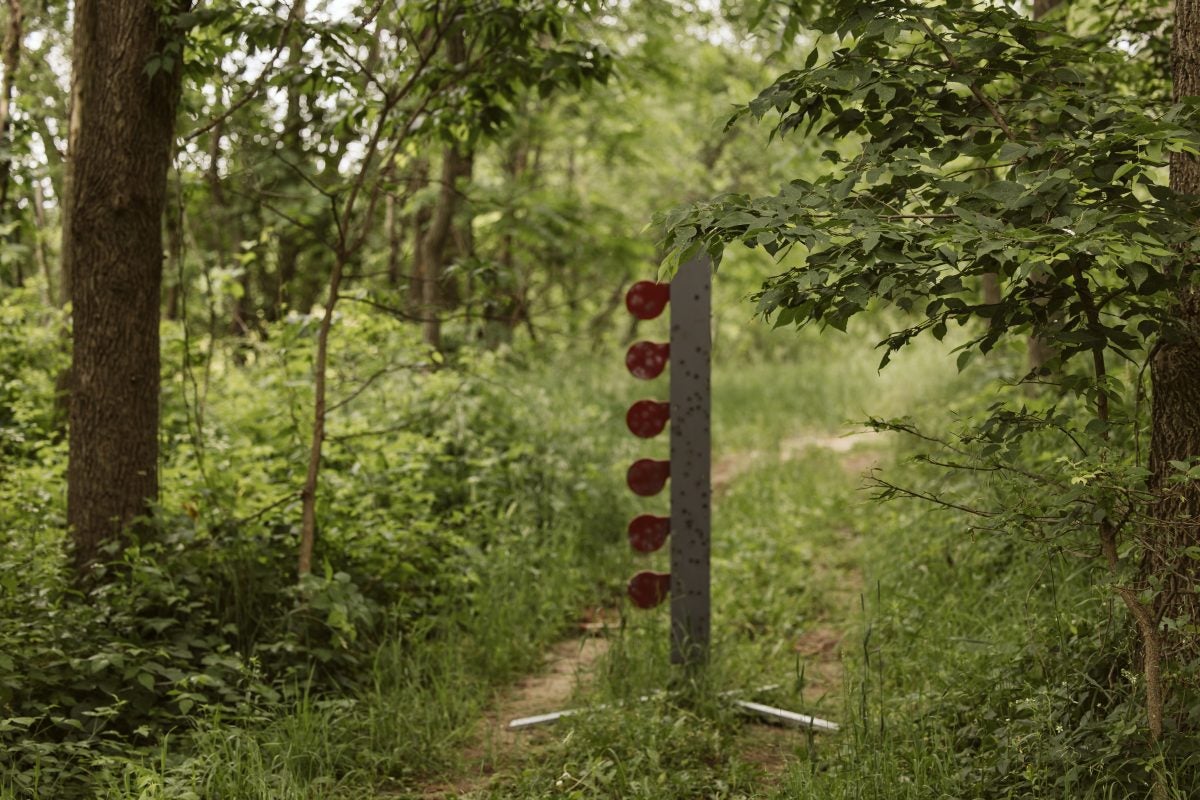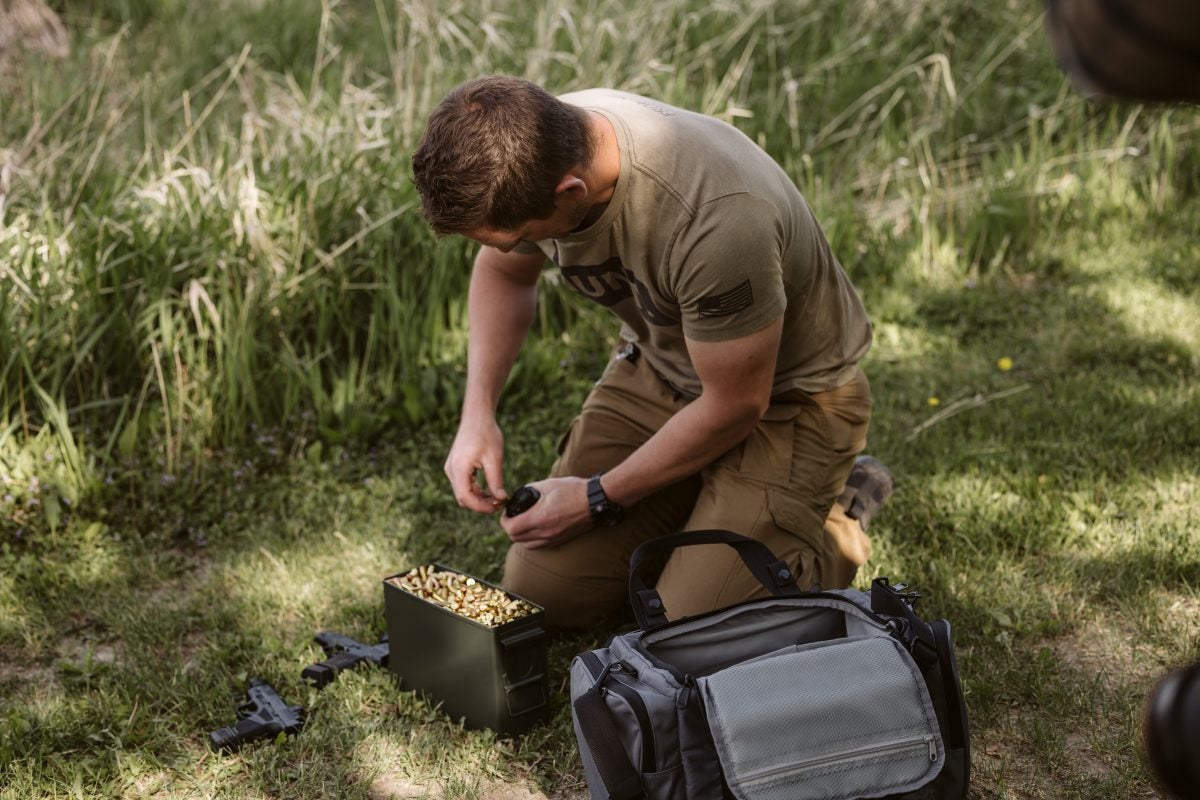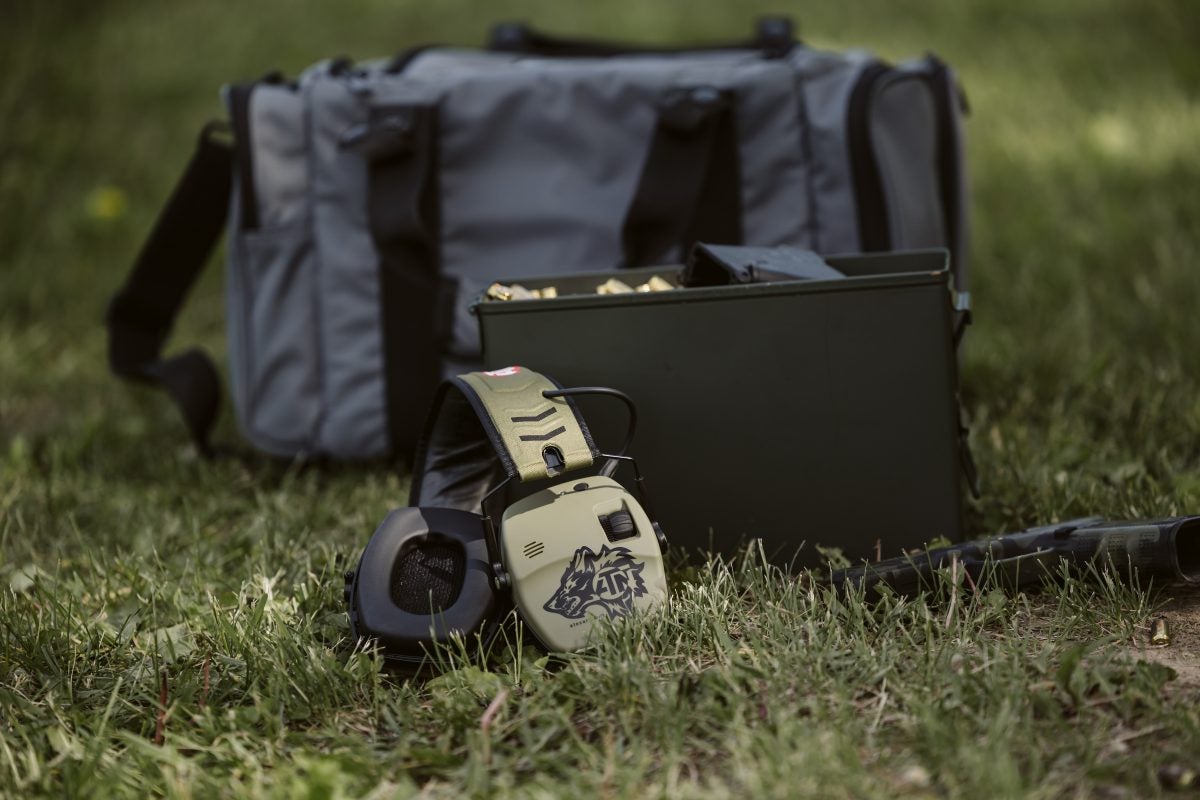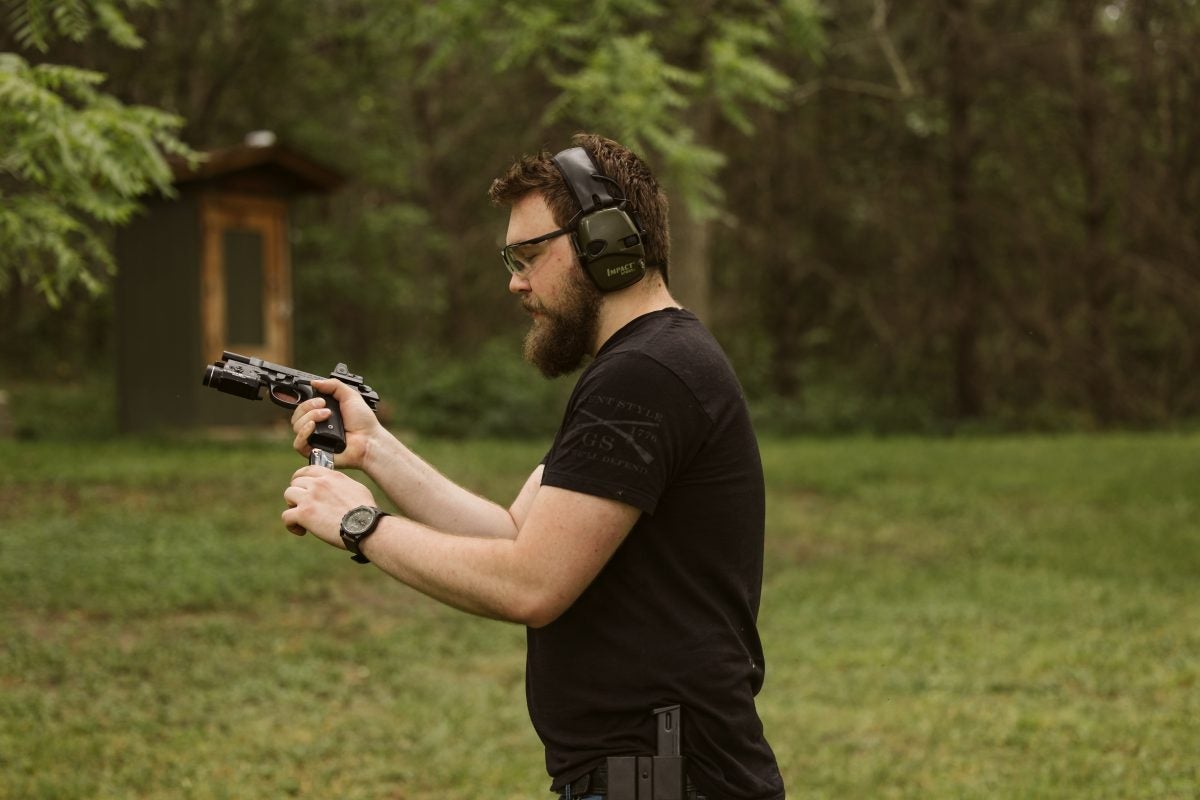Teaching Others About Firearms – Range Time Ethics
Phil Godding 07.31.22

You have probably noticed a theme in my essays – lots of thoughts on ethics. I would now like to transition to the ethics constructs instructors might want to consider for teaching someone how to actually shoot a gun. We are talking Range Time Ethics. So far we have covered the following:
- You have listened hard to what your student wants to know and your responsibility to figure out what he/she needs to know
- You have hinted to your student that gun ownership, while fun, comes with some responsibilities including safety
- I mentioned more than once we need listen more than talk
- Finally, the consistent and focused application of some sort of ethical or moral code whether you believe they apply to you or not
If you could make it all the way to the end of my last column you know that I even advocate that some people may not have the right mindset for gun ownership or gun training, at least not under under my credentials. There, I seem to have covered just about all the uncomfortable topics I have written about so far. Now let’s get really serious because at some point you will need to do live fire exercises. How shall I say this nicely, the distribution of firearm skills demonstrated at the range varies considerably. I would also say, with a high degree of accuracy that one’s self-appraisal of firearm skills and the actual skills demonstrated are often orthogonal… uncorrelated… mismatched… and don’t cover the same area under the learning curve… if you get my drift.
Incorrect self-appraisal of skills can lead to some testy (and at times unsafe) interactions at the range. From my perspective I would rather teach a fearful and anxious novice who is afraid of the firearm than someone who thinks they have nothing left to learn.
In this article I’ll start with the basics. In our classes we implore students to practice/dry fire as much as possible. We advocate and try to practice ourselves at least one hundred rounds a month at a minimum (OK, the ammo shortage upped the dry fire rate and decreased the live fire rate). Nevertheless, when certificate renewal times happen (every five years in my state) there are always a few people who show up for a renewal class and will not have fired a single round in five years! At least these are the honest ones. Not a single short or dry fire exercise since their last class five years ago! Now what do we do? I don’t berate, but I do go back to listening. We start by asking a simple question: what prevented you from shooting? There are some silly answers. Then, here are those legitimate answers that can lead to legitimate interventions (all the below are true).
“I was in an abusive relationship and he wouldn’t let me touch his guns or go to the range with him”
Evidently the 1st permit class last time was just for show. I go into careful mode when I hear this excuse (I’ve heard it more than once). I am a professional on many levels, but I never take the next teaching step without consulting with other professions – that is what ethical professionals do. I am happy to instruct on proper firearm technique, but I always consult others before certifying for carrying someone in crisis. There are state specific steps that need to happen before owning a firearm or being permitted to carry a firearm (maybe that situation is another topic all by itself). At this point personal safety via having a firearm available is necessary, but not sufficient in my thoughts – you are free to reach a different conclusion. At the other extreme is the young lady who said “he is stalking me and I want to drop him at my doorstep.” Again, a detour might be needed before the range time is continued. Bottom line: it is a good reason not to practice, but there is a detour needed to reach my end goal.
“I developed a debilitating muscular disease and can’t hold my old, trusty .357 Magnum single-action revolver anymore.”
I felt sorry for this gentleman so I separated him from the rest of the class to do an assessment. The first step is to have the individual attempt to hold up his weapon of choice (safely unloaded and safely pointed downrange). His hands were wobbling like the front tire of my old GMC when the bearings gave out. I immediately went to my box of range guns and pulled out one of the newer, easy to rack semi-autos – or maybe it was a lightweight revolver – I don’t exactly recall, but we began to talk options, variations of stance, resting places, etc. This event happened many years ago, but if they had been available then I would have brought out a laser or red dot equipped Ruger SR22 target pistol just to see the impact of weight, barrel length, and ease of dexterity in control placement. For most individuals, arthritis or muscular changes will become a problem so getting your students to step away from their favorite firearm to try something new might be a good idea. In fact, it might be the best thing you teach that day. Bottom line: if non- practice has a medical reason it is time to think outside the box.
“My progressive macular degeneration means I can’t see much beyond ten feet and that is just in my peripheral vision. I can no longer drive but I don’t want to feel helpless in my home.”
This conversation didn’t happen until I noticed this particular good citizen was clipping off branches from nearby treetops even with me right by her side. Clearly there was a safety issue. Maybe a laser or red dot will help, but maybe not. Do I really want to try and certify someone who has the shooting skills to defend themselves when they are harassing squirrels above the backstop? In this case, practice rounds would not have improved the performance. Because I listened there was a side conversation with a family member that led to a change in safety measures for everyone involved. Bottom line: Some health changes may preclude stepping into range time.
“Gosh, has it been five years?”
Notice how they avoided answering my question. Bottom line: Do not get distracted by clever responses.
“My boot gun quit working and I never got around to getting it fixed.”
[outcome: a little bit of range gunsmithing found a wad of sock lint in the action]. I’ve practiced the “really?” look, but it isn’t all that effective in all cases. Rather than be sarcastic I broke out the SR22 and asked him to prove proficiency on something I know will work. Then, I talked to the group about a maintenance schedule – especially for those who carry in dirty or dusty areas. Bottom line: never pass up a teachable moment.
“You were serious? Shooting is like riding a bicycle.”
Or, the variant of this excuse “I have been shooting since before you were born – what else is there possibly to learn or practice?” My arguments seldom carry much weight, but I have an analogy. I point out that guys and gals who ride their motorcycle one spring day a year, and never take a class or practice basic riding skills, have a ridiculously high likelihood of meeting their favorite ER doctor at the hospital. I can tell you eye rolls don’t work on these people, but I still implore them to practice, practice, practice.
“You are right, I didn’t practice but I sure need to…”
[I sometimes ask them to repeat that phrase again just so I can hear it. Sometimes I ask them to say it with more feeling and conviction – just because I want to hear that, too.] “I promise that when I come back five years from now I will have done better.” At least they were honest. Bottom line: Being honest will likely bring the student back for the next class so take your victories where you can.
The big bottom line is you need a plan in place to deal with all levels of range proficiency. That is the professional and ethical thing to do. Next up: “How to Teach at the Range.” Be sure to watch for that article in the future, and as always, let us know all of your thoughts in the Comments below! We always appreciate your feedback.



